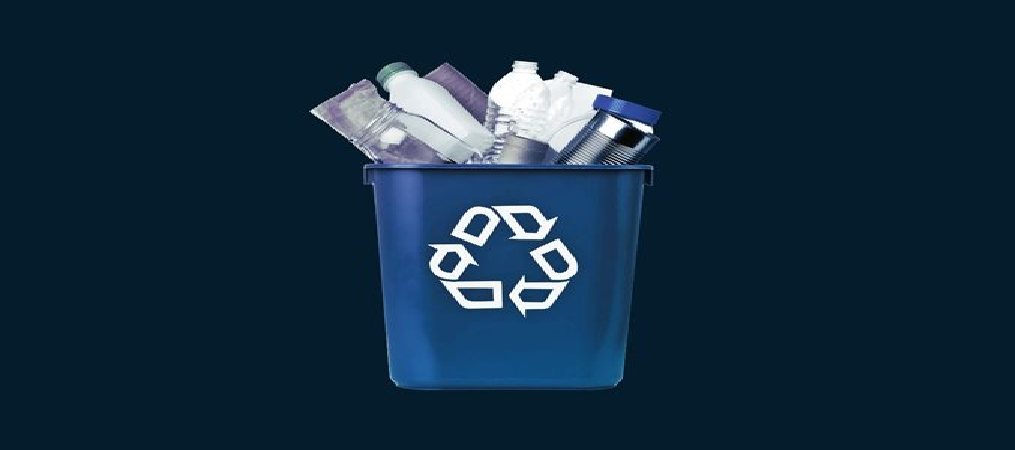
THE DRIVE TOWARD SUSTAINABILITY IN PACKAGING – BEYOND THE QUICK WINS
Sustainability particularly regulatory and public concerns around single use packaging waste are combining with other powerful trends to drive major changes in consumer packaging. Regulators are moving on the issue, and Fast-Moving Consumer Goods (FMCG) companies and retailers are proactively making bold commitments to improve both the sustainability of their packaging and to fundamentally rethink their packaging systems.
There will be significant impact on packaging converters and their value chain, which could threaten the survival of many in the industry. However, for packaging converters with the right focus and innovation capabilities, the new landscape could offer significant growth and new partnership opportunities to support customers in revising their packaging portfolios. Going forward, converters will have to proactively embrace sustainability issues as consumer demands and regulatory requirements multiply.
CONSUMER AWARENESS TO PACKAGING WASTE IN OCEANS AND LANDFILLS IS DRIVING CHANGE
Packaging is ubiquitous in our daily lives and enables minimization of food waste and overall product breakage with advanced convenience features at low costs. Over the past decade, the global packaging industry has enjoyed strong growth, driven by shifts in choice of substrates and expansion of new end-markets. Headline changes include the increased use of plastics to replace other substrates and accommodate consumers demand for convenience, but also the economic boom in China and other emerging regions.
However, widespread usage of single use packaging containers has resulted in a heavy burden on the environment, and the management of packaging waste is facing a crisis due to two unresolved challenges:
Packaging recyclability. Large amounts of packaging produced today cannot be recycled in existing recycling systems. This is especially true for multi material packaging, which today poses a significant and unresolved challenge in recycling.
Packaging recycling and leakage. Recycling rates for plastic packaging are relatively low. In the United States, for example, waste is generally managed with low leakage but recovery rates for packaging and food service plastics are about 28 percent. In Europe, the plastic-packaging recycling rate reported was somewhat higher at approximately 40 percent, compared to approximately 80 percent for paperboard, and 75–80 percent for metal and glass (note, however, that overall data collection quality on recycling rates is rather immature, so real-world rates may differ from reported figures). Emerging regions (Asia in particular) are under the most pressure, because packaging demand growth is outpacing global growth rates, and waste-collection systems let alone recycling are not in place at the required scale. Global leakage or unmanaged dumps of all plastic material flows (both durable and non-durable) is estimated to be around 19 percent, and only 16 percent of all plastic waste is reprocessed to make new plastics. In fact, most of the global plastics waste goes into incineration (25%) and landfills (40%), meaning that these materials are lost forever as a resource, despite plastics’ potential for reuse and recycling.
This has not gone unnoticed; public awareness of packaging waste leakage, especially plastic waste, into the environment has increased significantly to an all-time high over the past 12–24 months. The visceral images of the effects of ocean plastics pollution have stirred up consumer sentiment around the world.
APPROACH TO TARGET OPPORTUNITIES IN SUSTAINABLE PACKAGING
Converters can strategically best position themselves to support FMCG companies and retailers on sustainable packaging by recognizing that:
- FMCG manufacturers will continue to need to manage cost efficiency of packaging solutions and a high degree of customer convenience for example, easy opening products and packaging designed for on-the-go consumption.
- Not all types of actions will have the same impact on the various aspects of the sustainability footprint (for example, low food waste versus recyclability using a high-barrier packaging material or multilayer film can significantly increase shelf life and minimize the amount of food waste along the chain, but the packaging itself may be less recyclable).
- Different end-product segments will have varying sensitivity to sustainability.
- Technical and economic feasibility varies by application as well as geographic region, and cost implications go beyond just packaging material prices and conversion costs.
- Any change of packaging material or design has implications on overall branding strategy.
There is no one-size-fits-all solution that converters can embrace as they work on strategies for sustainable packaging with their FMCG and retailer customers. There are complexities and trade-offs to consider if they are to navigate through these sustainability challenges in order to find the most effective route to growing and preserving value with application innovations. To chart their course, we suggest that converters consider a three-part approach to help them identify opportunities.
McKinsey